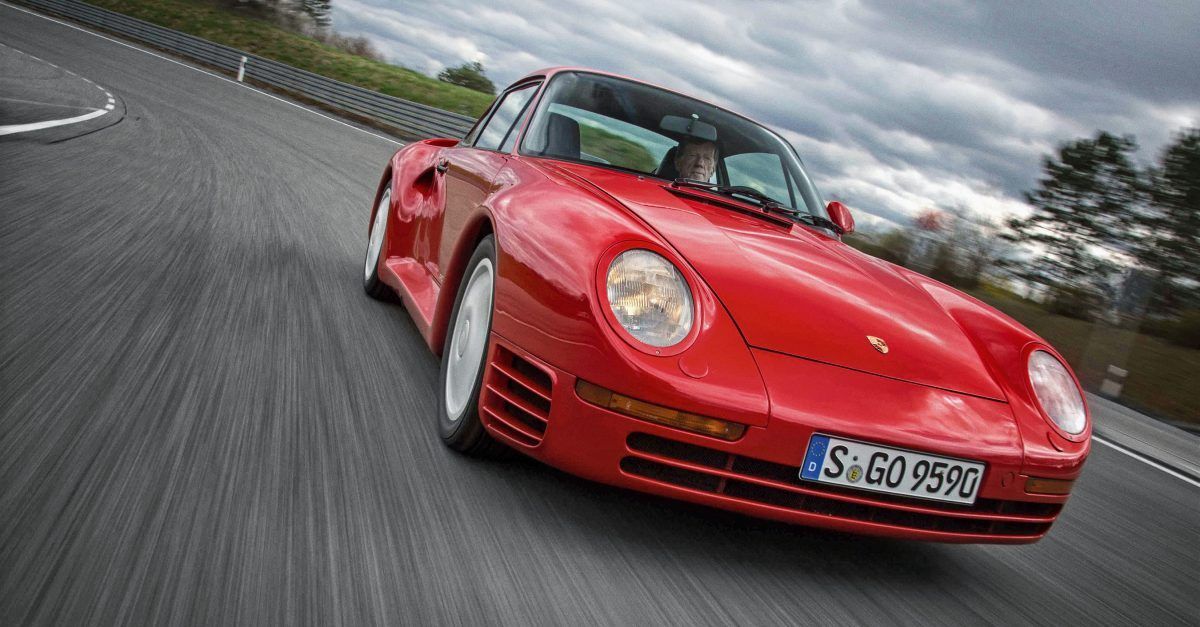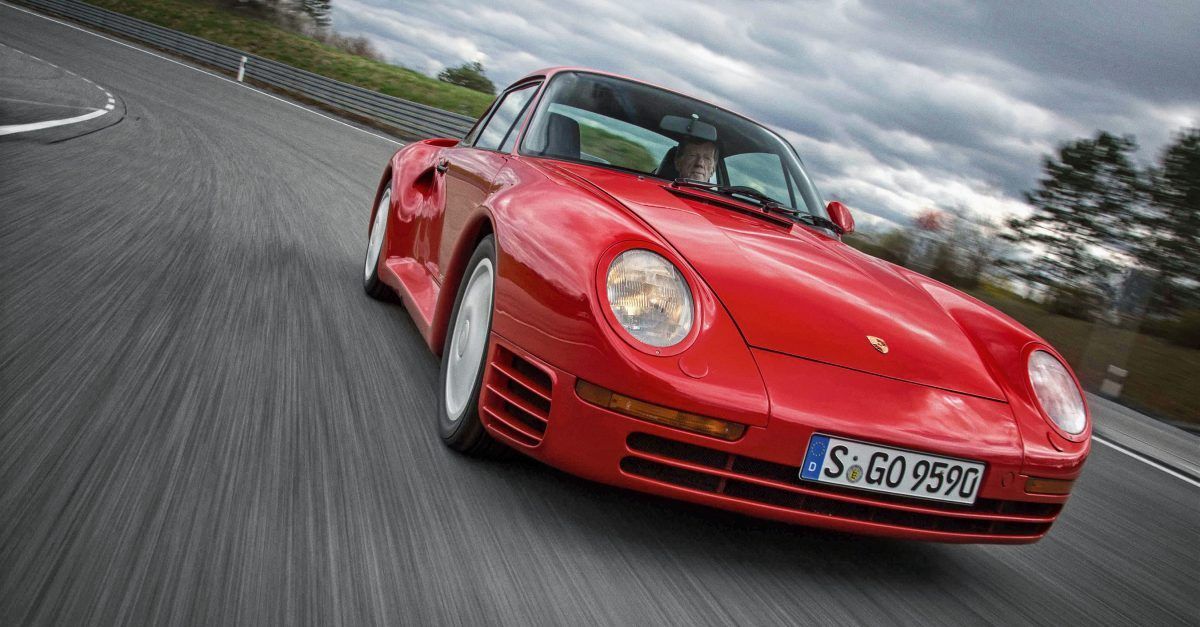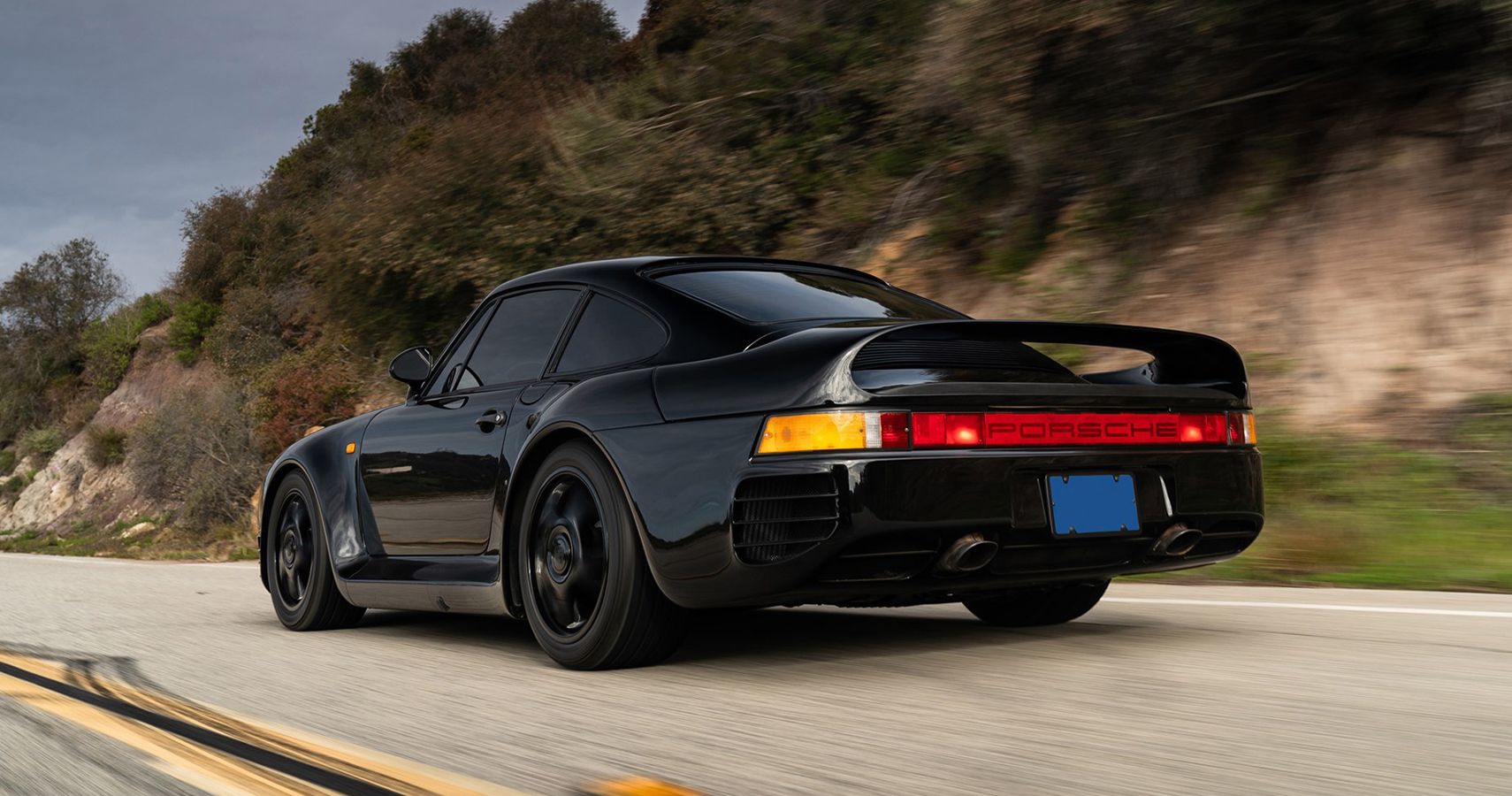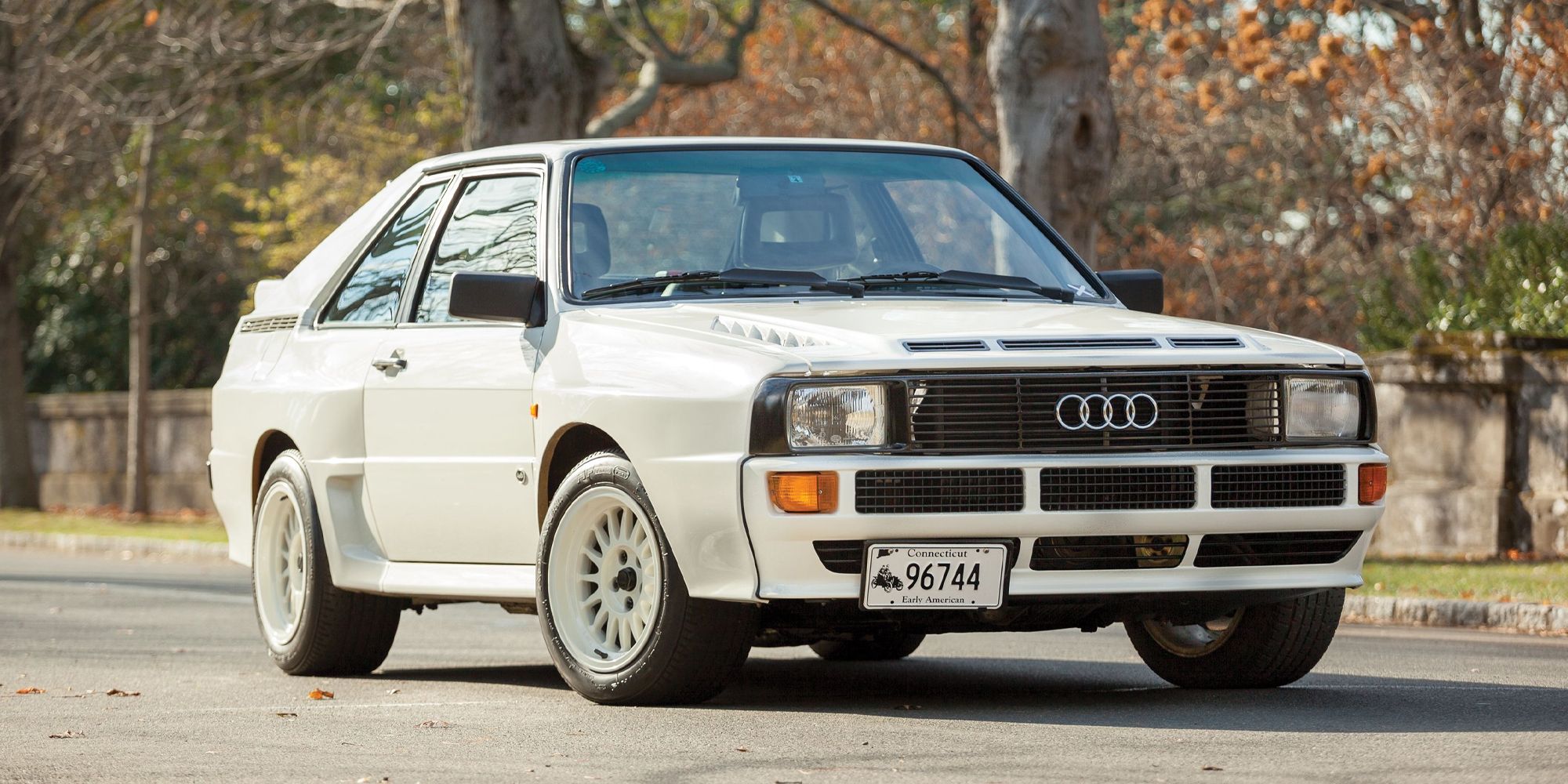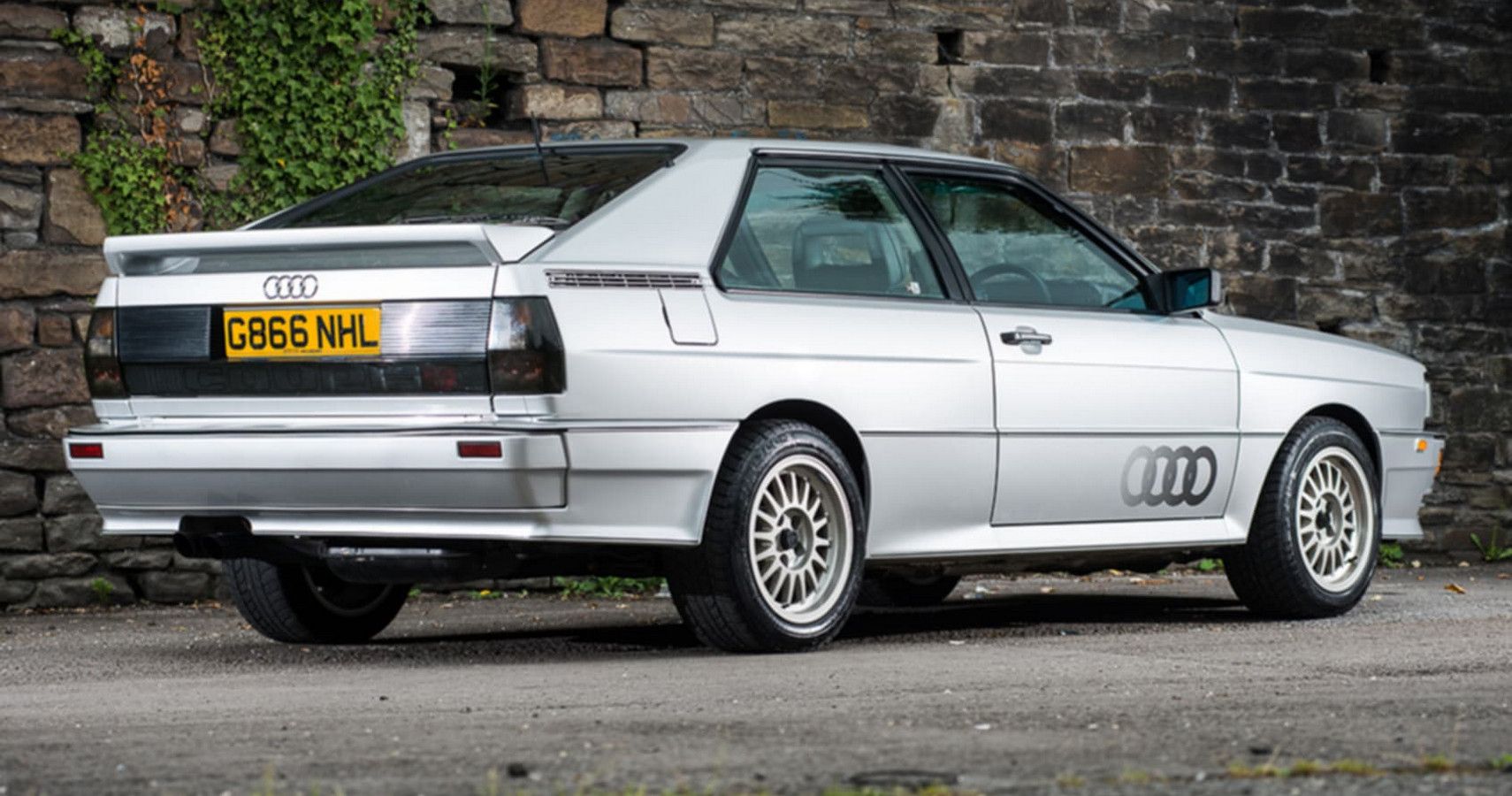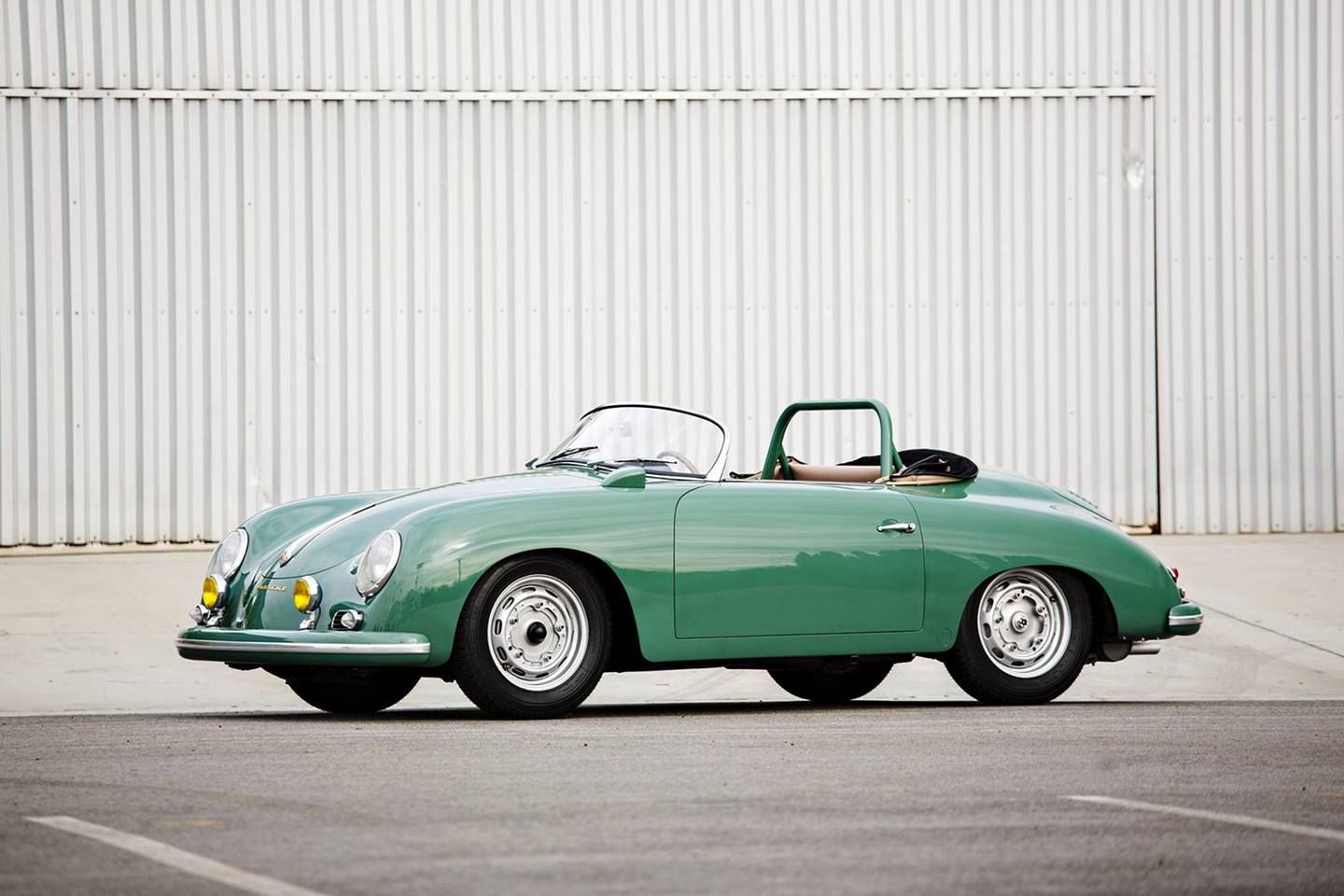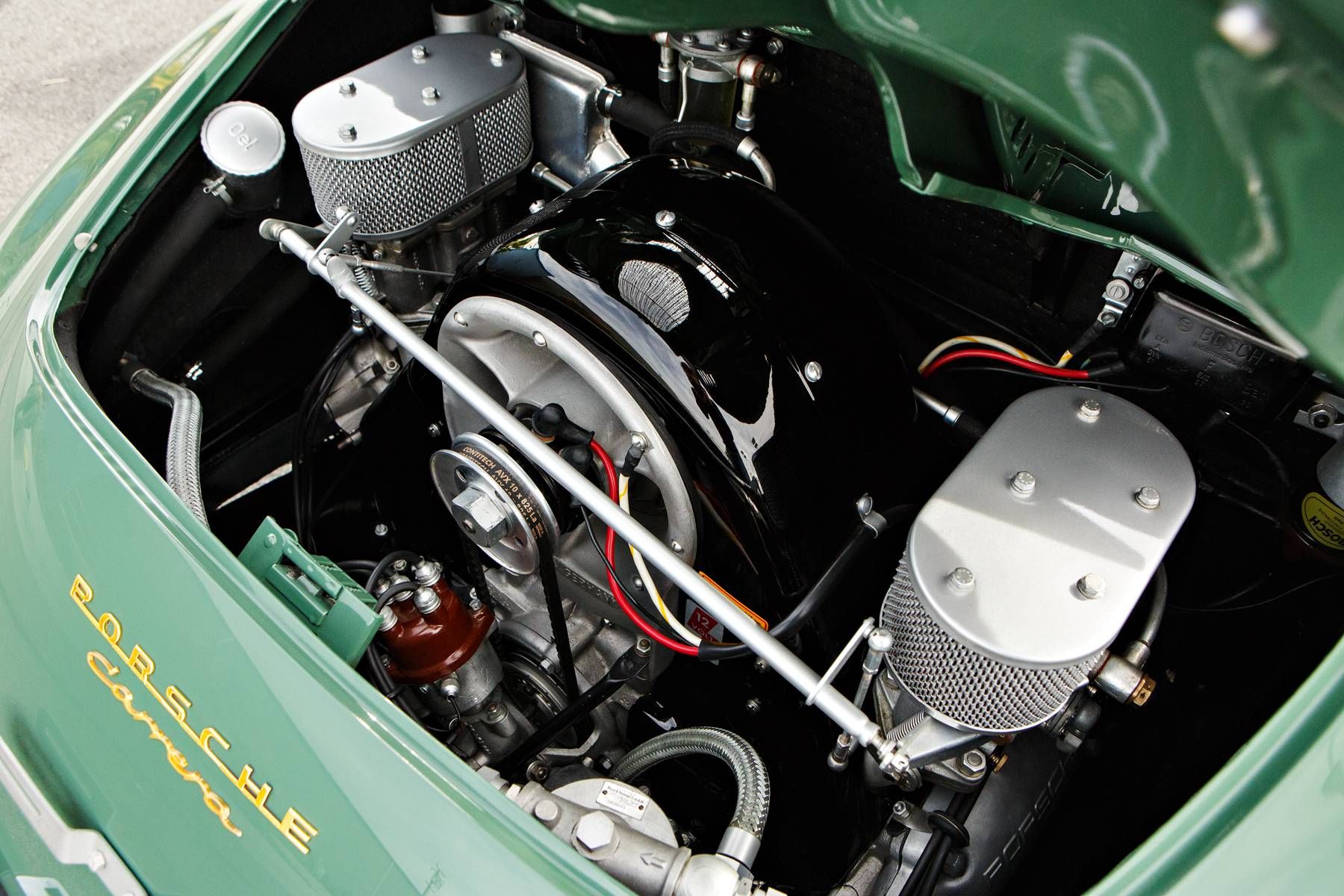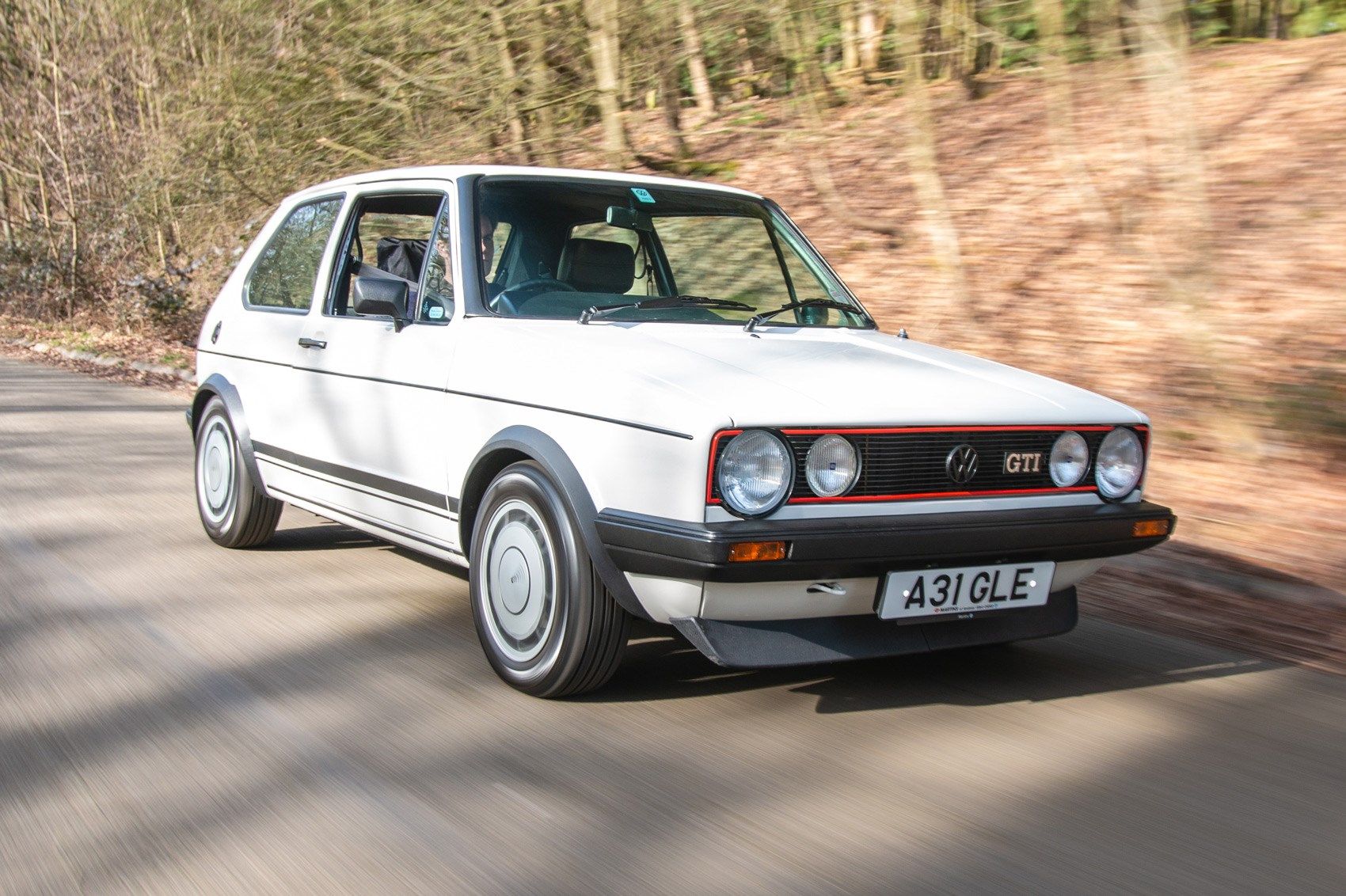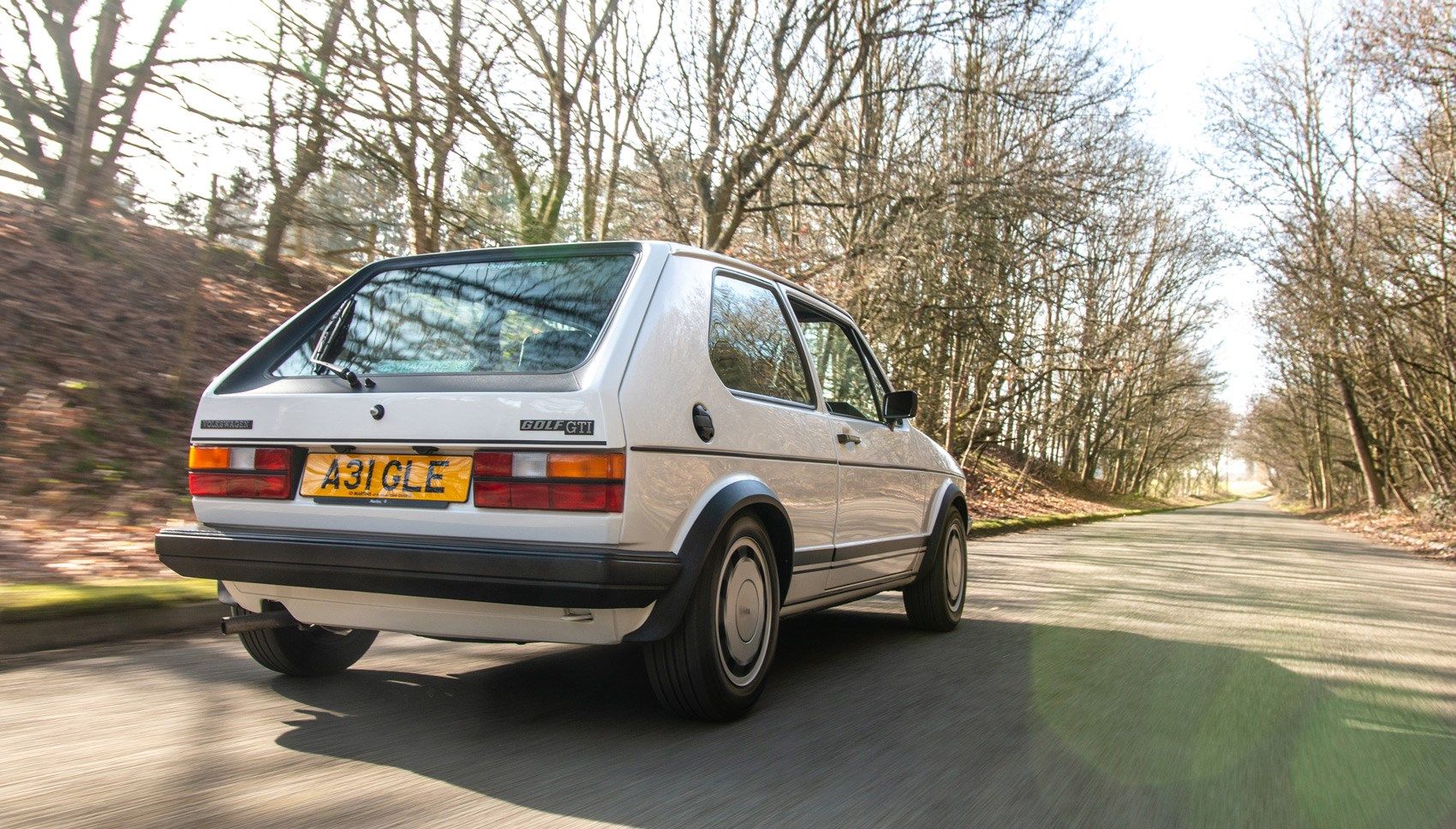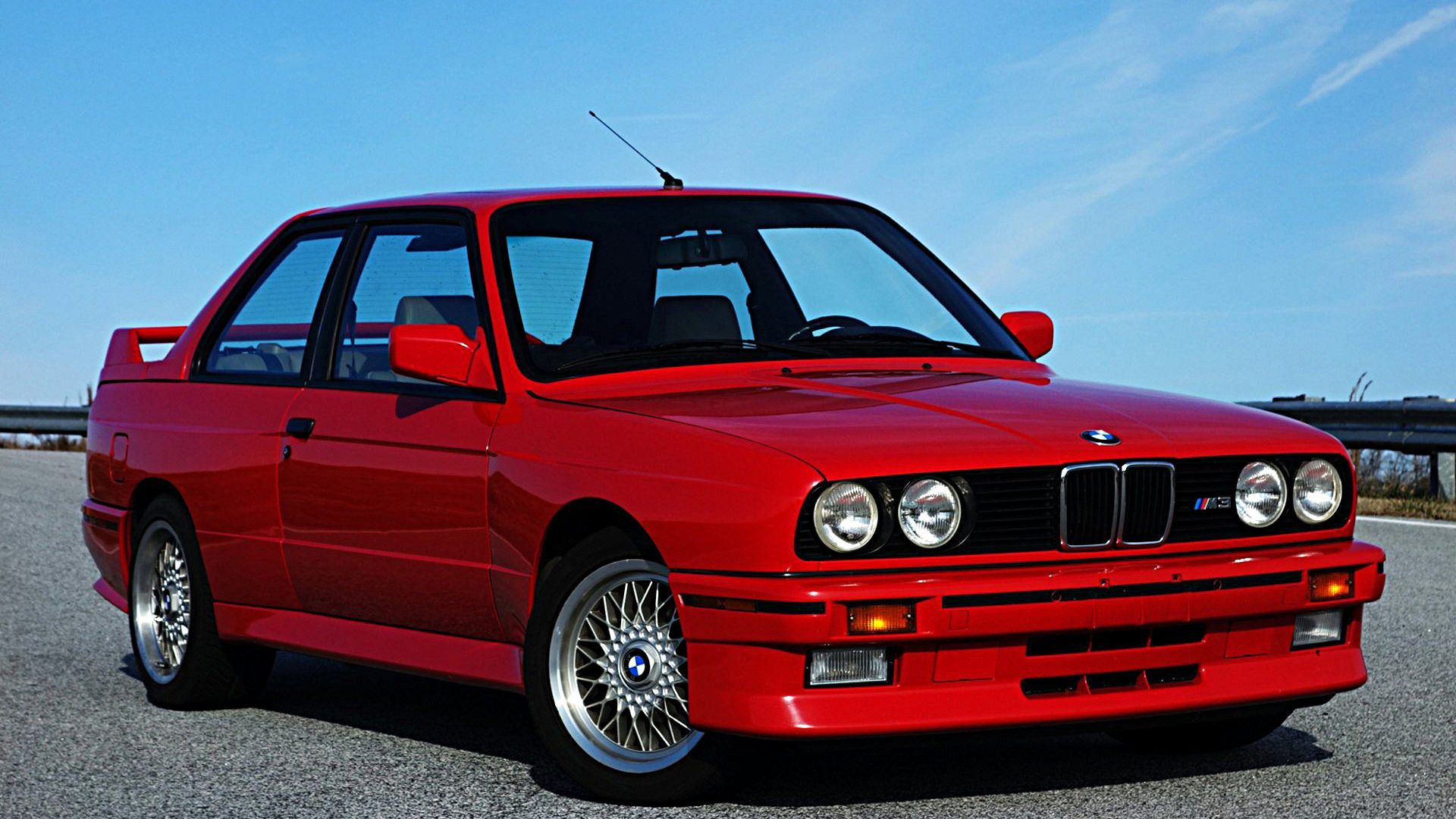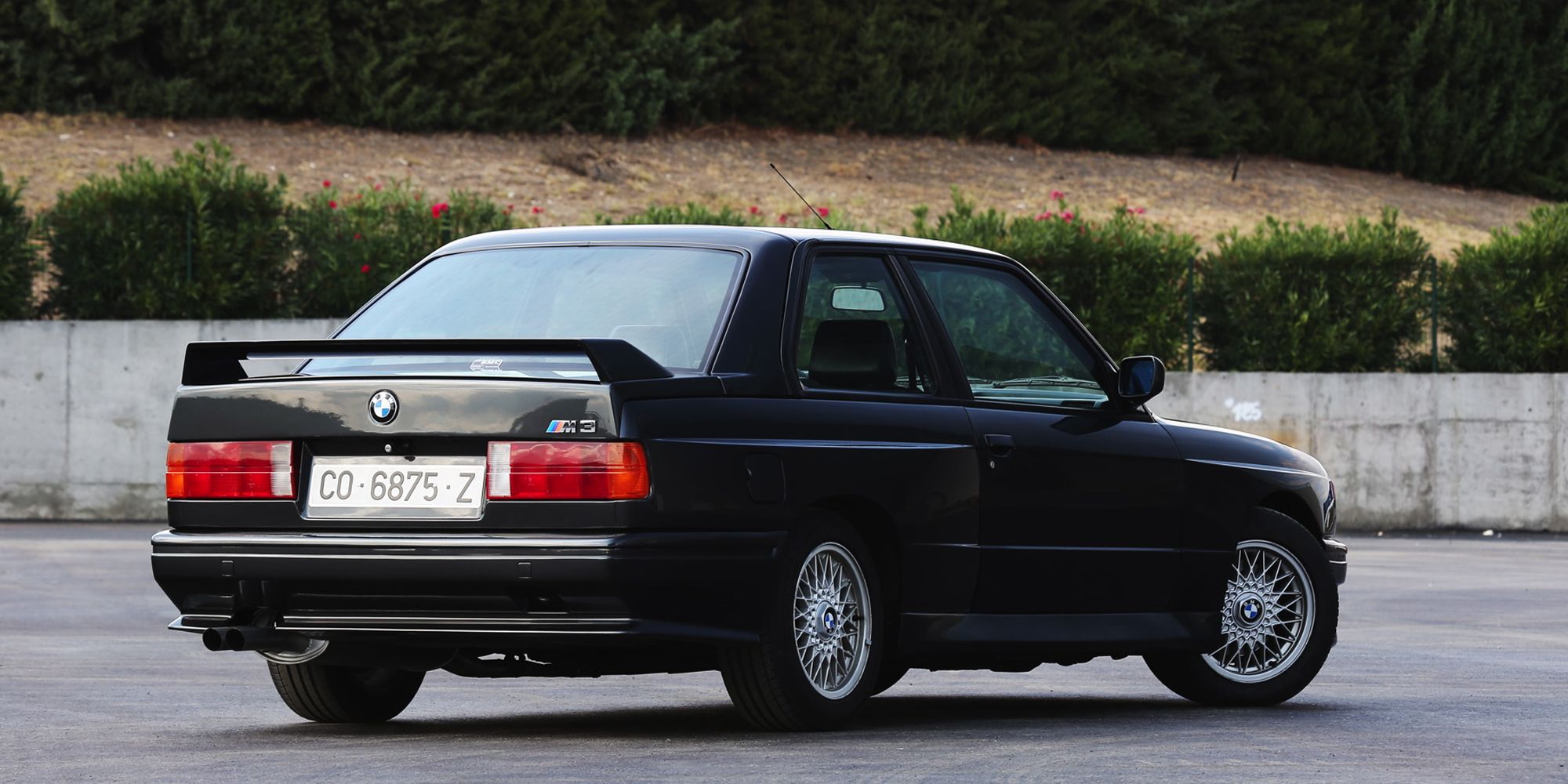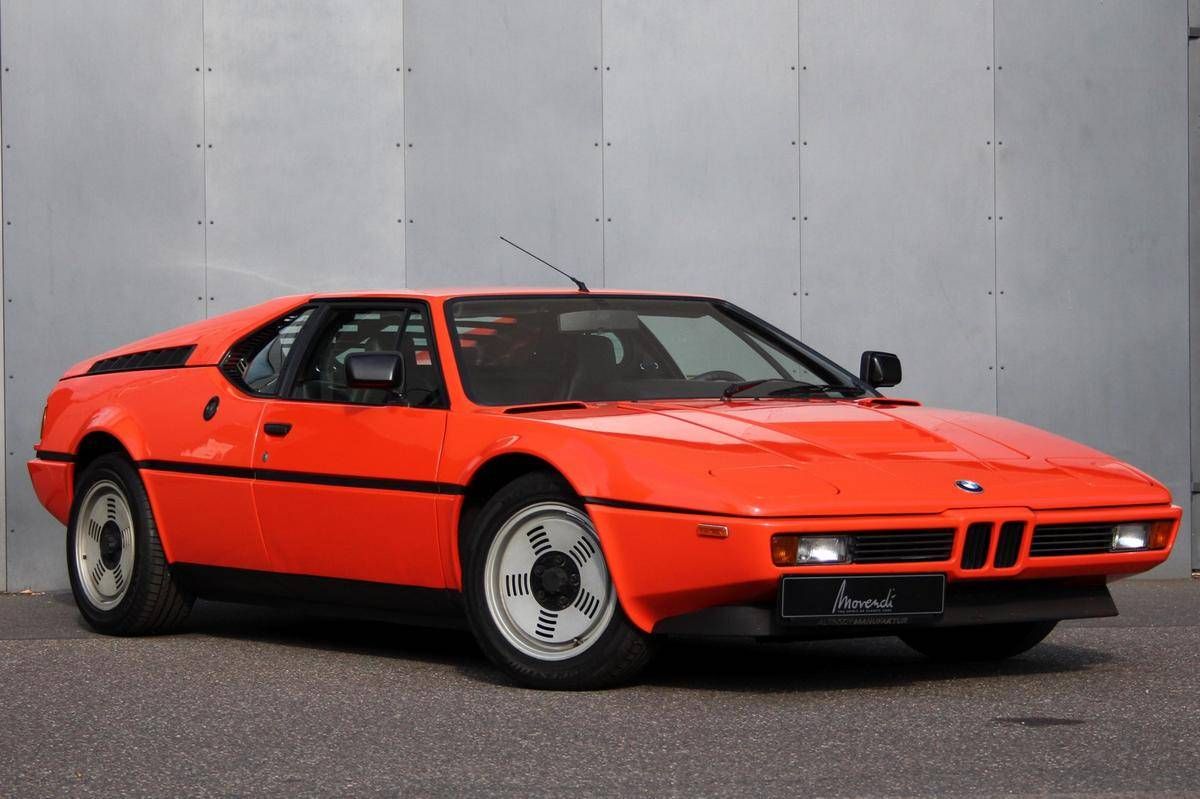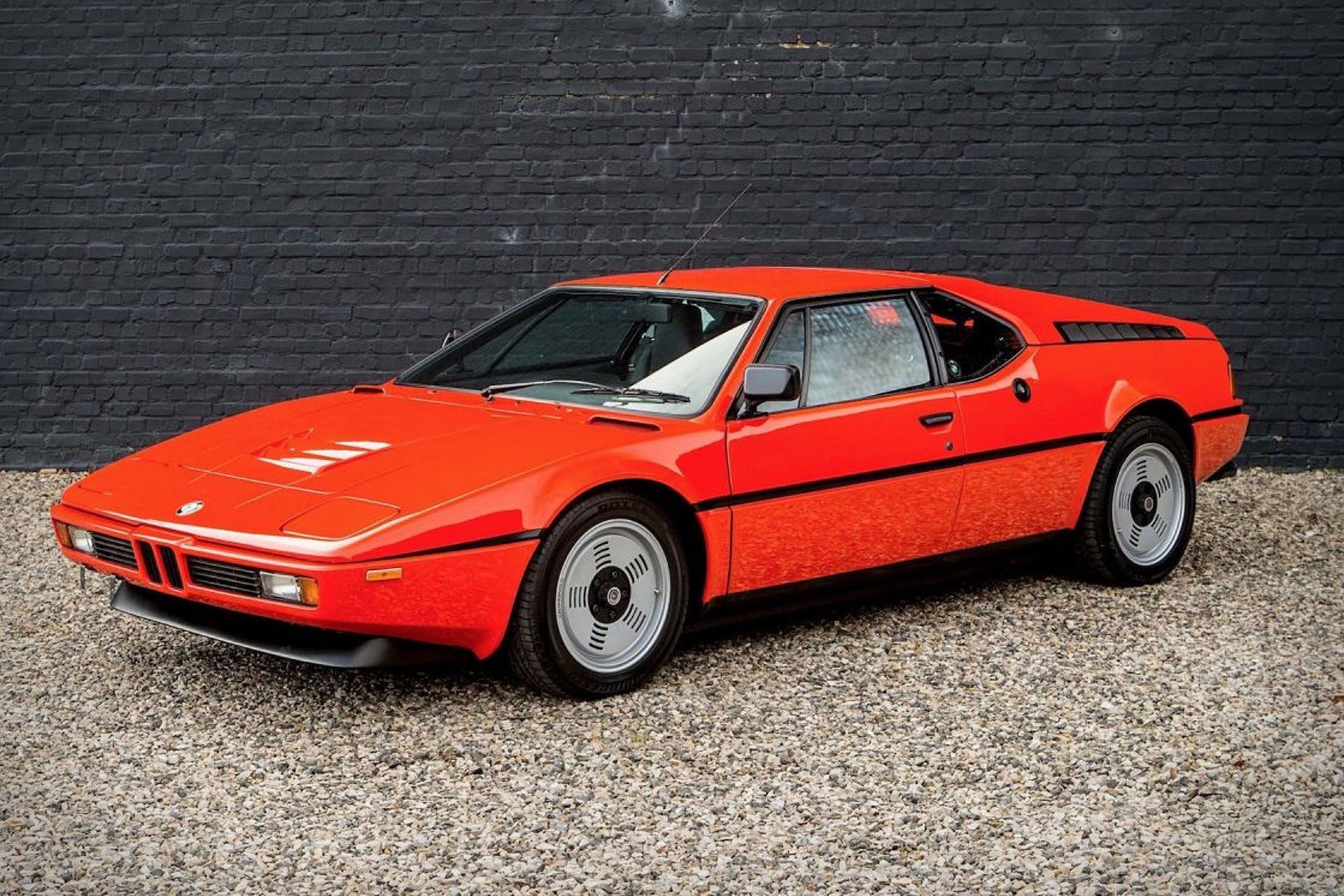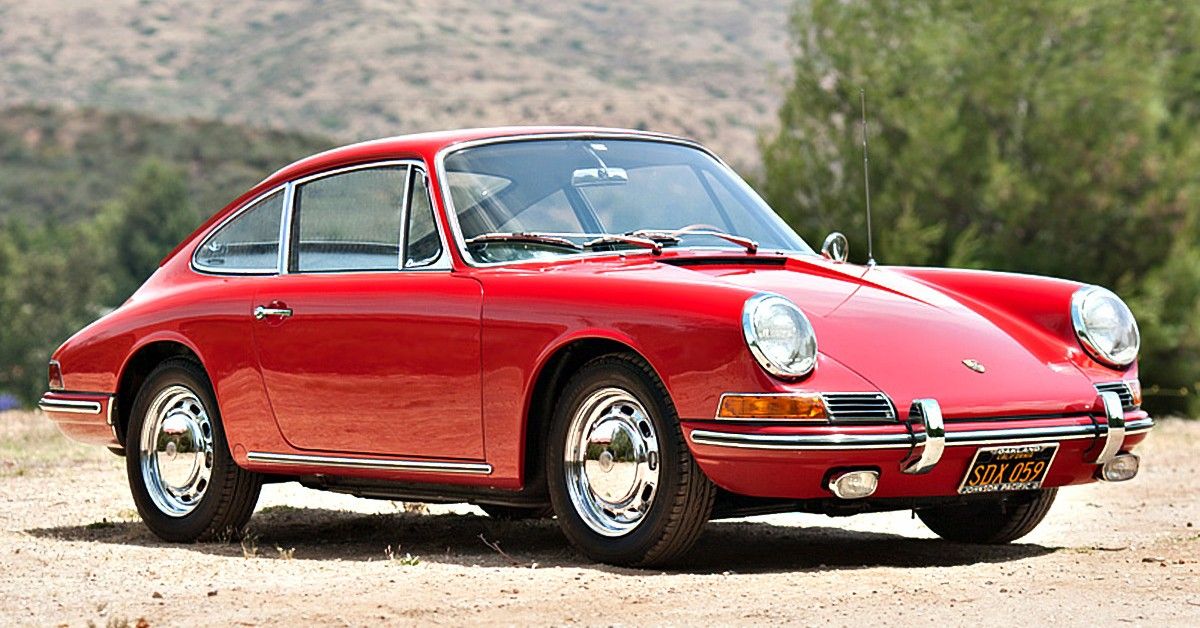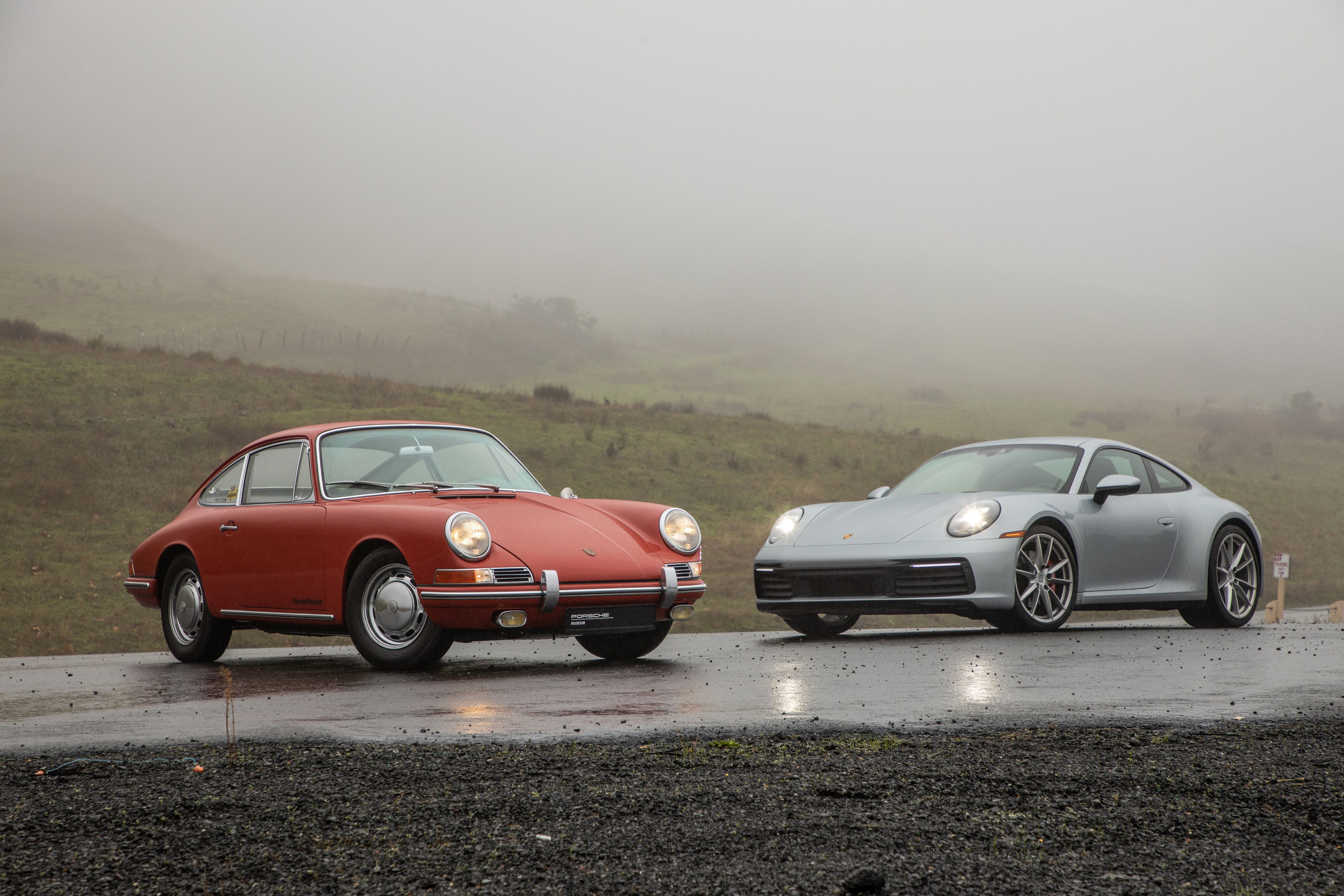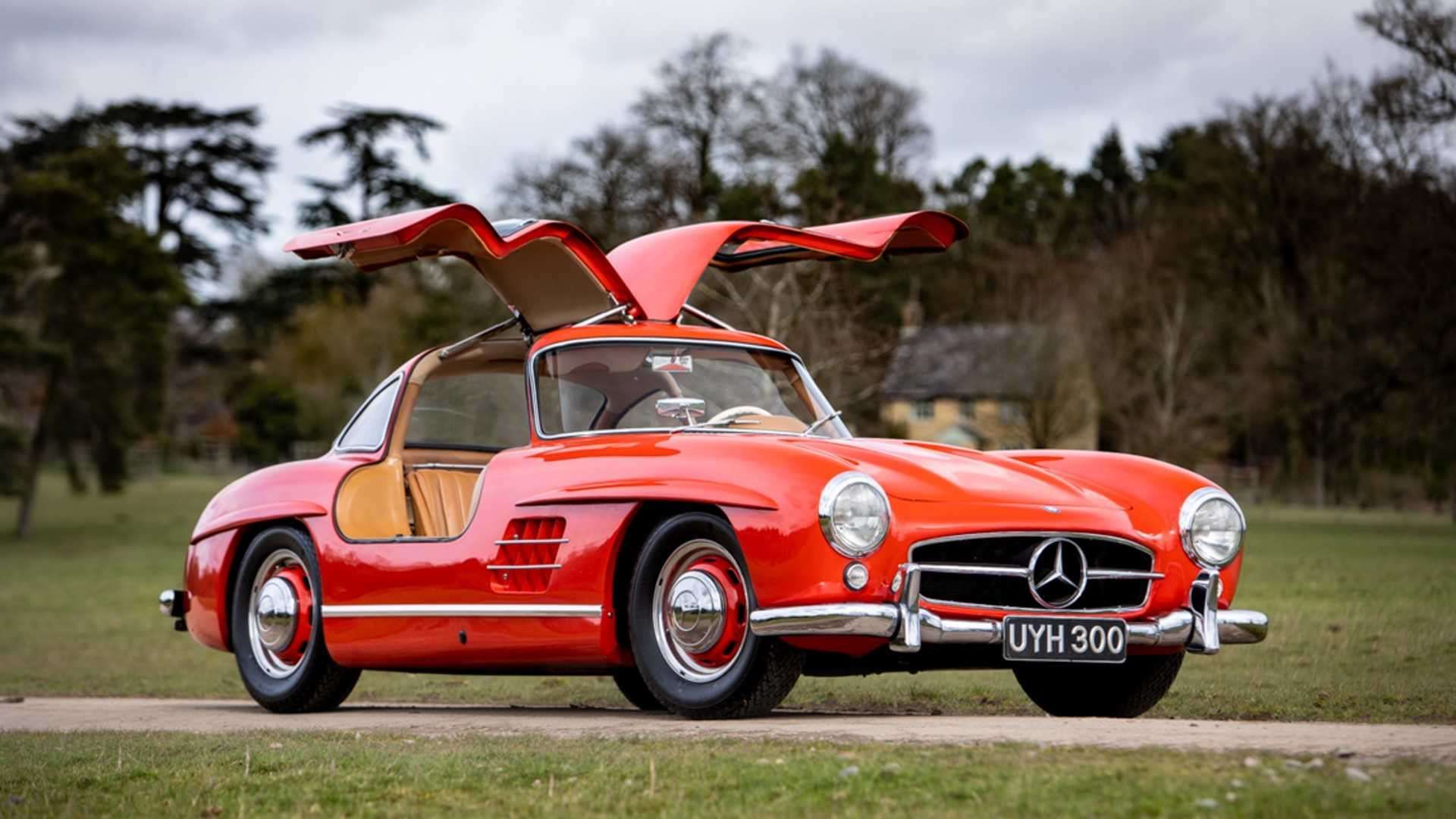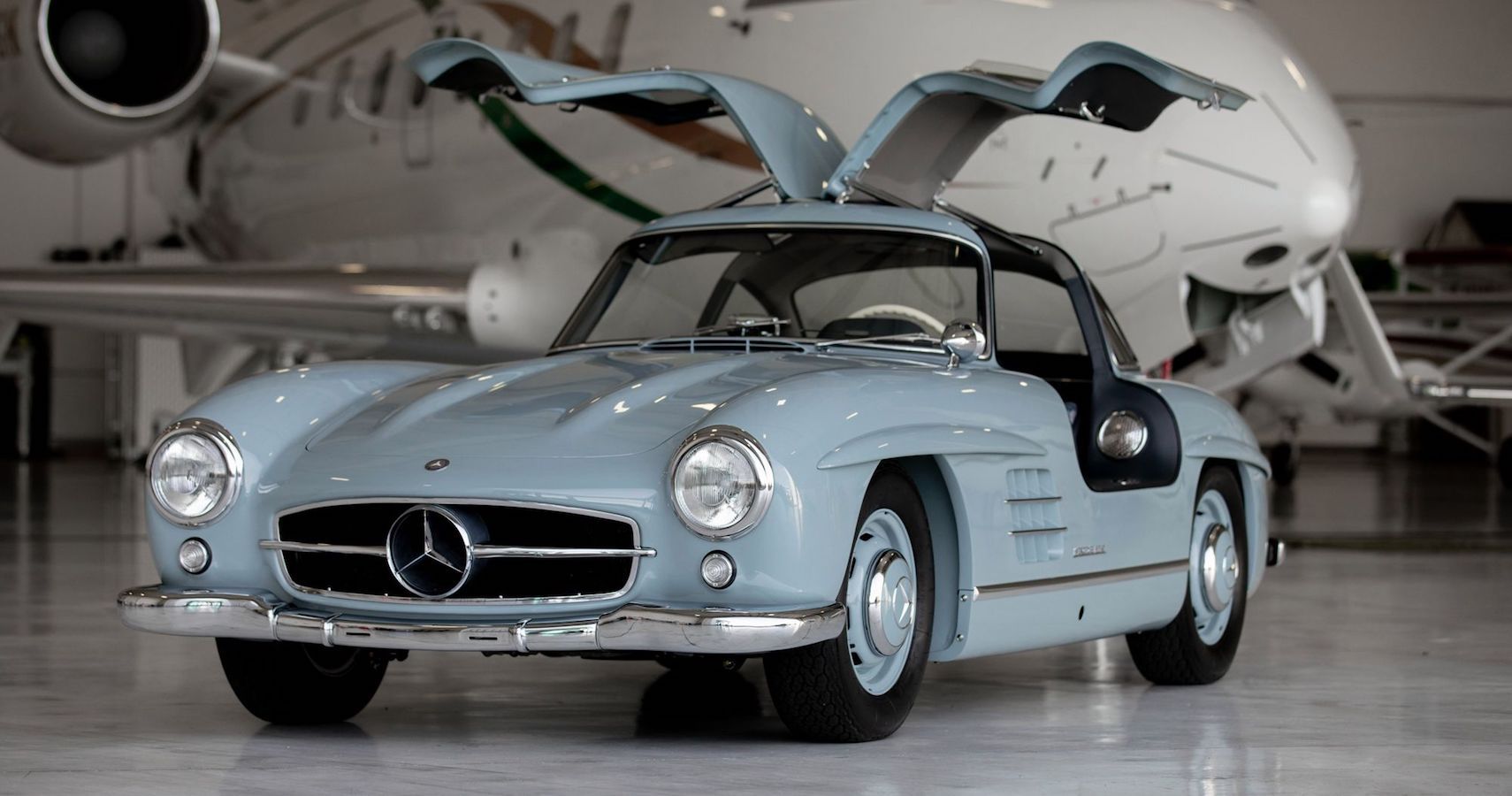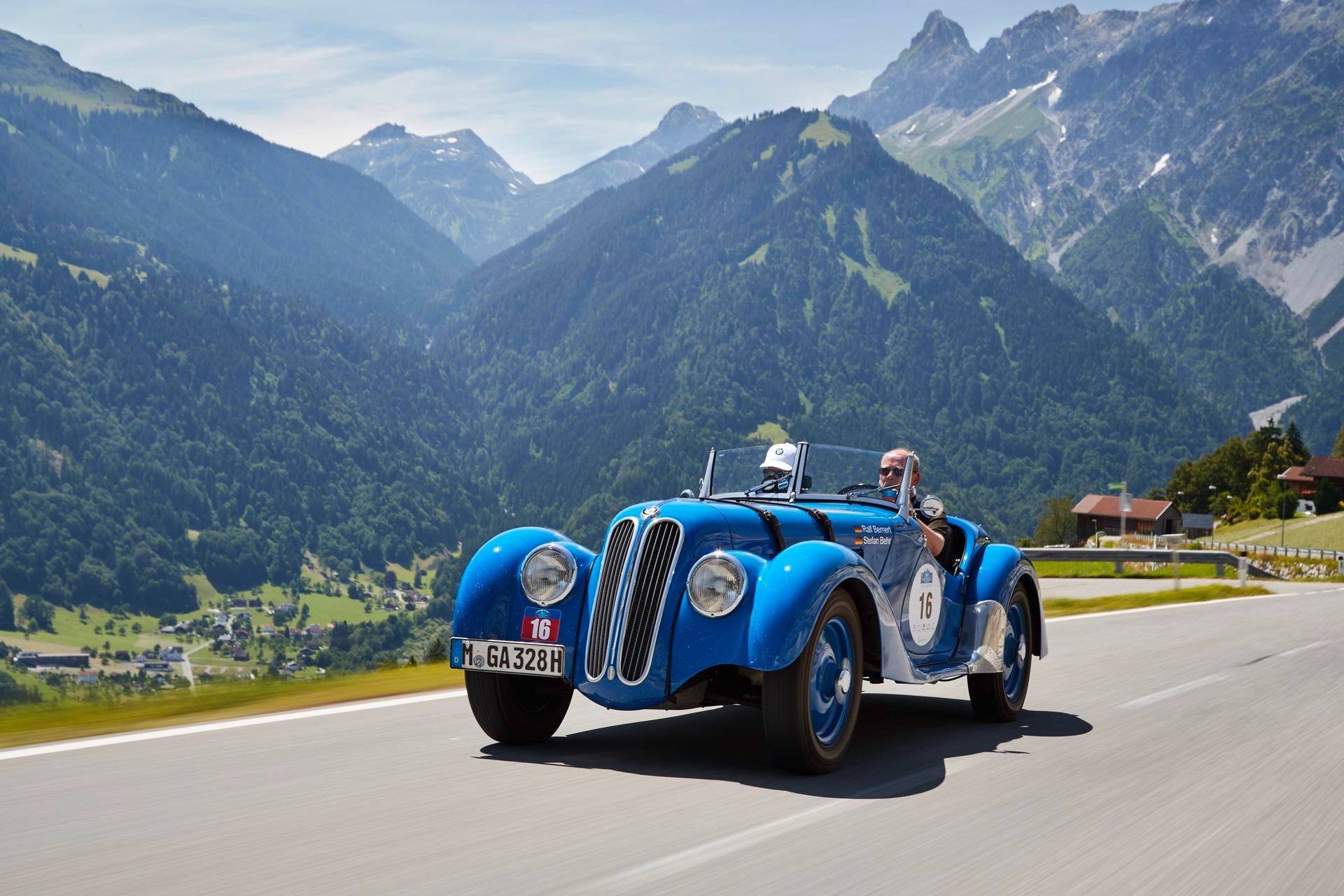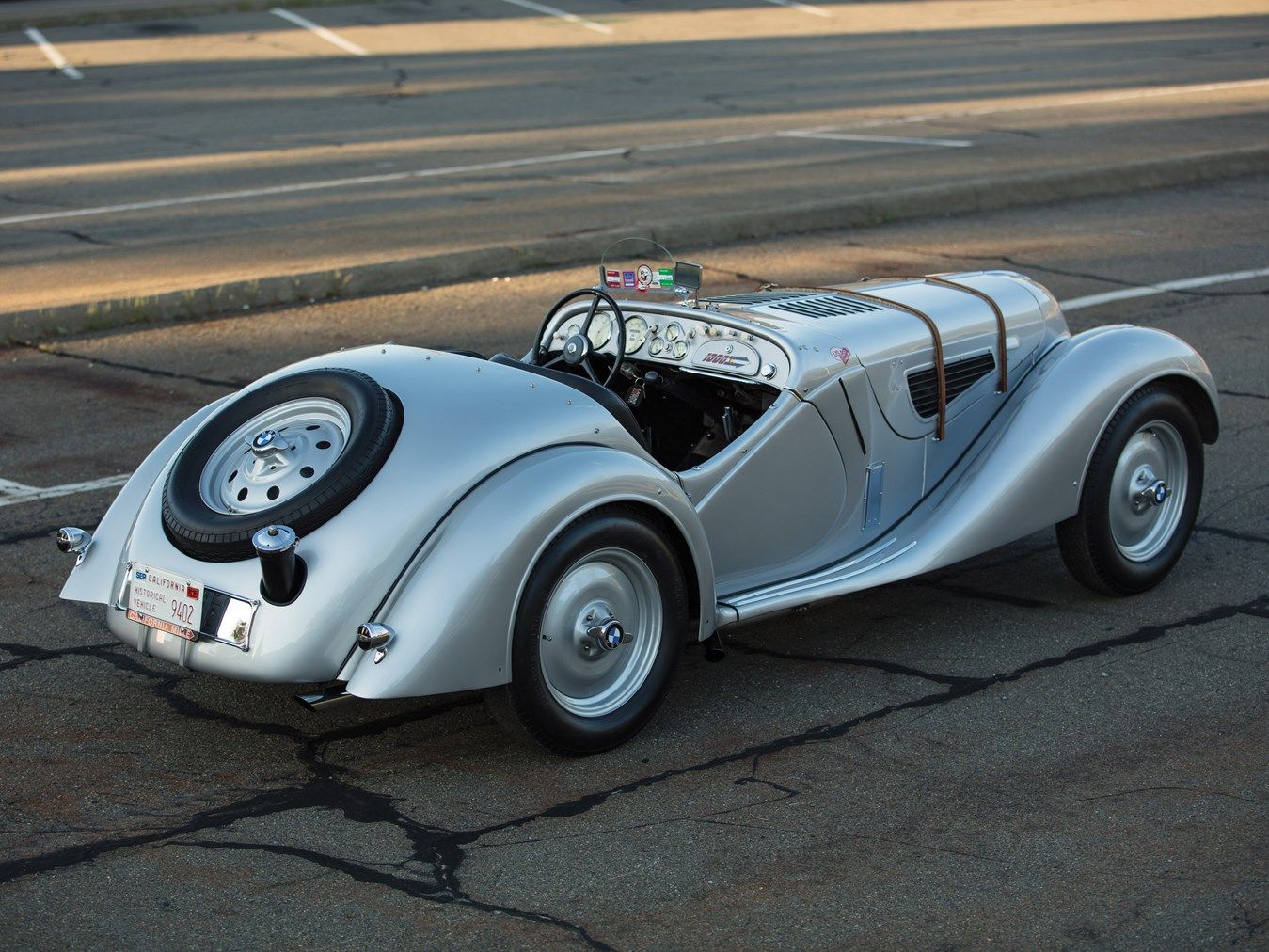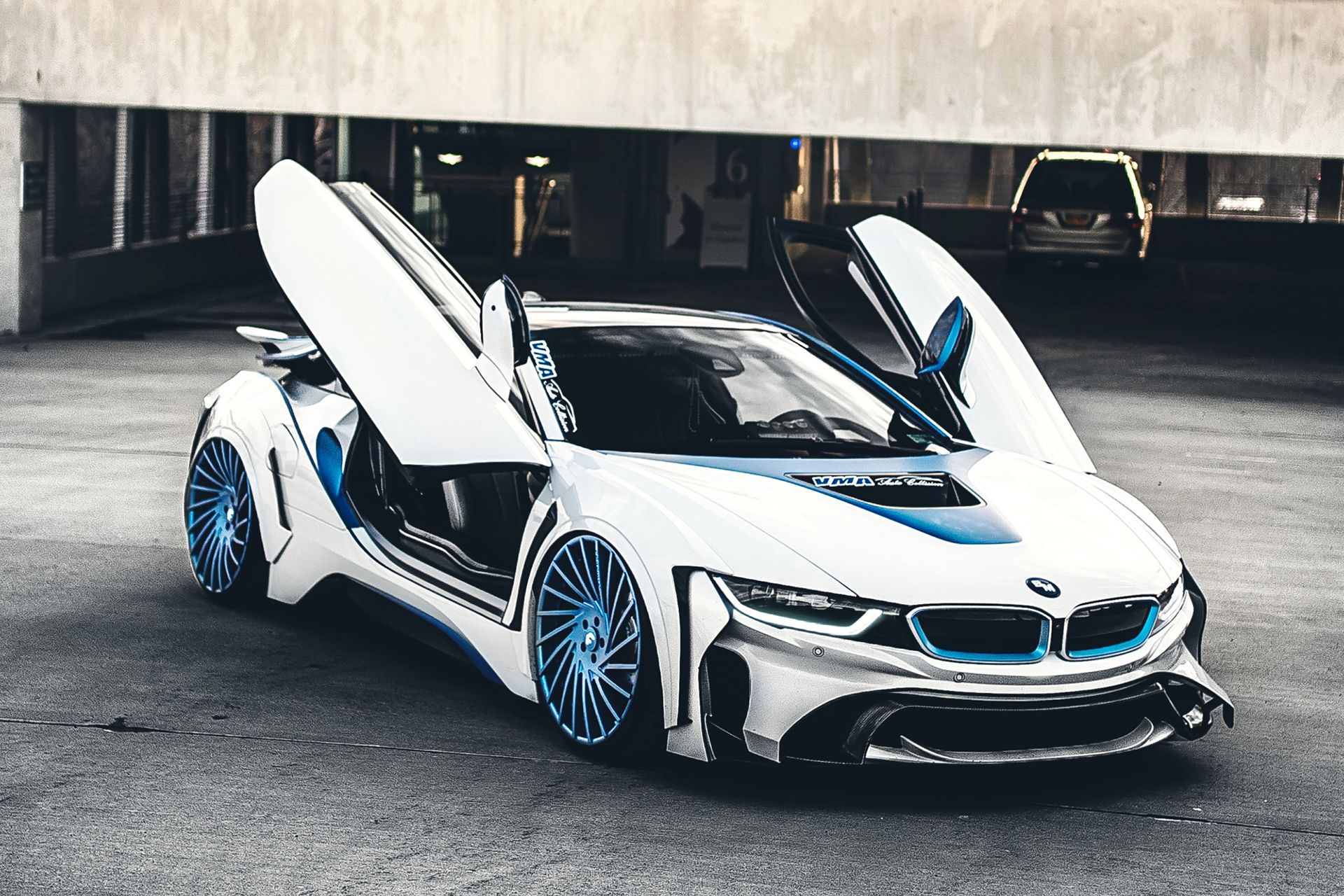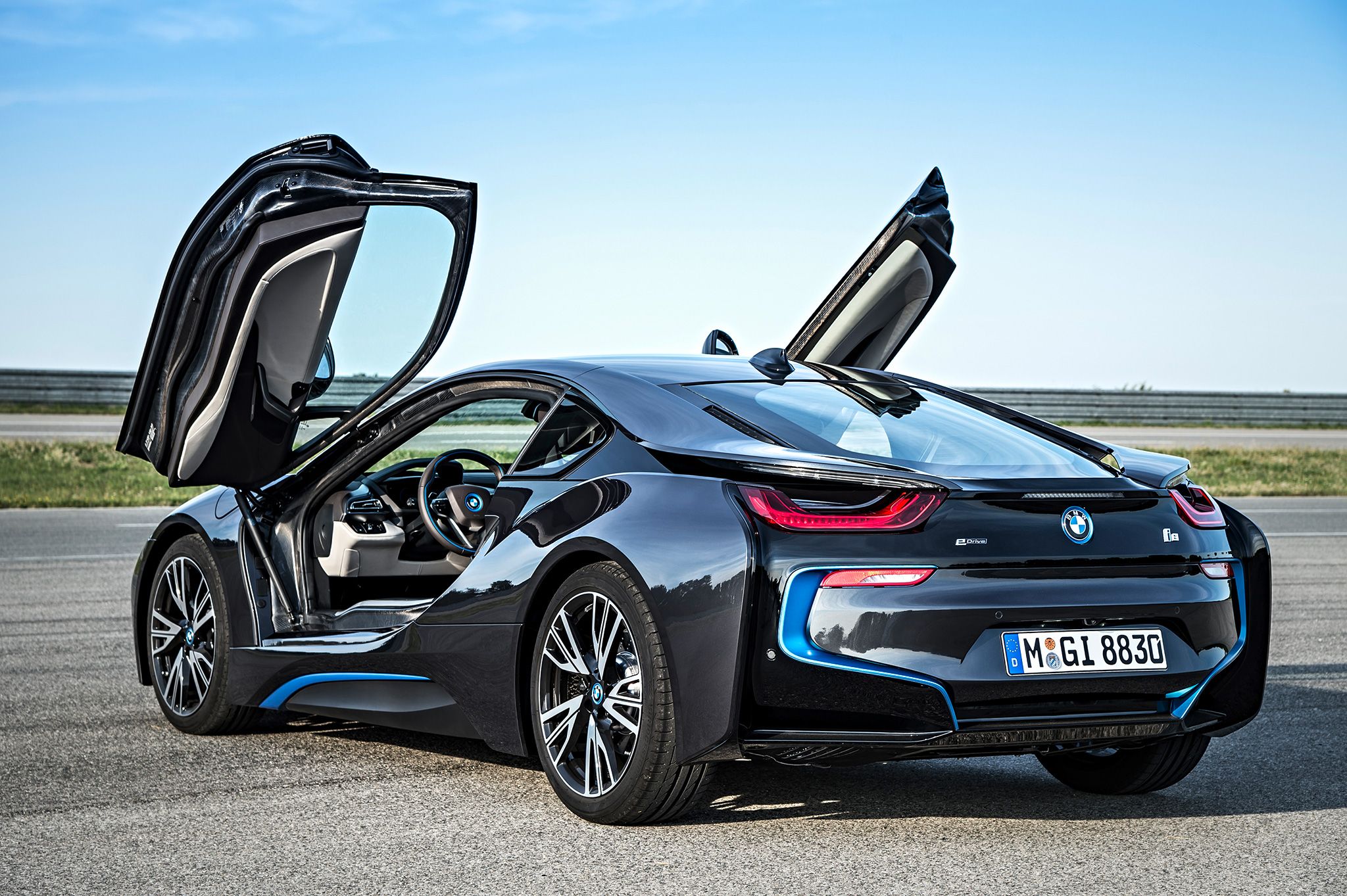Game changers, according to the Oxford Dictionary, are "events, ideas, or procedures that effect a significant shift in the current way of doing or thinking about something". Sports cars of today have come a long way since the early days of the automobile. With today's focus shifting towards alternative energy and fuel efficiency in order to save the environment, engineers have somehow still managed to make modern-day sports cars faster and better than ever before, with hybrid technologies making already powerful cars capable of producing even more power while sipping the least amount of fuel.
Germans have had their fair share of reinventing what a true sports car should be, with revolutionary breakthroughs in automotive engineering dating back to the early 20th century, along with clever solutions that made other sports carmakers follow suit, taking the boundaries of sports car performance into greater heights. We take a look at German sports cars that pushed the envelope of sports car evolution.
10 Porsche 959
Porsche helped shape the future of sports car technology and performance with the debut of the 959 supercar in 1986. Originally built as a Group B rally car, the 959 was a 197mph engineering marvel. In its time, it was the most technologically advanced sports car in the world.
Computer-controlled all-wheel-drive system, active suspension, sequential turbos, and other forms of witchcraft completely unheard of in the 80s made its way into this supercar, and paved the way to the technology that is now common in performance cars today.
9 Audi Quattro
There's no other car that changed the world of rallying more than the Quattro. Back in 1980, Audi took advantage of the World Rally Championship's rule change, allowing four-wheel-drive cars to compete in the championship. While it was not the first car to have a four-wheel-drive system, Audi brought the idea to its road cars and turned it into world-beating technology.
The Quattro's superior four-wheel-drive system completely obliterated its rear-wheel-drive rivals with superior grip across all types of surfaces. Other car manufacturers soon followed suit and the Group B era was born, kicking off the era of the most insane and most powerful rally cars the world has ever seen.
8 Porsche 356 Speedster
The Porsche 356 was introduced in 1948, and was the very first Porsche model to be produced. Ferry Porsche said in an interview, "if you had enough power in a small car, it is nicer to drive than if you have a big car which is also overpowered. And it is more fun".
This was the blueprint of the German carmaker's definition of the sports car. A lightweight chassis, rear-mounted engine, and four-wheel independent suspension set forth the elements that eventually led to the production of the 911.
7 Volkswagen Golf GTI
Both journalists and car enthusiasts will tell you this is the car that defined the hot hatch category, the Mk1 Volkswagen Golf GTI revolutionized the automotive world in the sense that exciting cars can come in small packages.
With its fuel-injected 1.6-liter naturally-aspirated four-cylinder engine producing 110hp providing you the thrills in a performance car, and all the practical stuff you could basically have for a daily driver, this car was an instant hit during its production run.
6 BMW M3 E30
BMW's reputation for providing the world with the ultimate driver's machine came to be with the introduction of the E30 M3 in 1986, and is one of today's most sought-after classic cars to emerge from Bavaria.
The first-ever M3 was a homologation special built for Group A and DTM racing, and thus had a limited production run. It was the lightweight sports car to have during its era, and paved the way for the next-generation M3s.
5 BMW M1
Another car that helped shape BMW as a performance carmaker is this, the M1 Procar. With wedge-shaped styling, a mid-engined layout, and a fiberglass body, this was "BMW's foremost expression of its automotive art", according to the December 1981 issue of Car and Driver.
Unfortunately derailed due to rule changes in its intended motorsport class, this car was originally built to win races. With only 453 examples ever made, the BMW M1 is one of the rarest cars the German carmaker has produced.
4 Porsche 911
Over the years, very few cars have quite matched the practicality, reliability, and outright performance of a Porsche 911. And it all started with the first-generation model, the 901 body. Marketed as a track weapon for the weekends while being a daily driver in 1964, the original 911 also had a price that catered to the masses.
Other sports car models have been discontinued, and others were reconfigured to stay in production. The secret of the 911's longevity is it stays true to its roots. 50 years on and numerous model changes later, the basic concept of the 911 was largely unchanged. This is why enthusiasts continue to admire this rear-engined high-performance sports car.
3 Mercedes-Benz 300SL
The Gullwing 300SL was not only a sports car champion during its time, but it was also then, the fastest production car, with a top speed of 163mph. According to Mercedes-Benz, it was "the world's first four-stroke production passenger cars to be equipped with output- and efficiency-enhancing direct fuel injection".
Mercedes-Benz engineers designed a lightweight spaceframe atop a steel chassis, which made it incompatible in putting a conventional door. And thus, the "gullwing" doors, the most prominent feature of the 300SL, were made as a solution to the problem.
2 BMW 328
One of the most successful cars of the 1930s especially in the racing scene, BMW's 328 completely transformed the thinking of producing a winning car during its time.
During its era, the norm for sports cars was big engines and lots of horsepower was needed to win races. BMW's engineers thought otherwise and prioritized chassis balance over raw power. While it went against its supercharged opponents, the 328's weapon was its 780 kg curb weight, and a modest 80 horsepower to dominate, winning the first race it ever went, and transforming the future of the sports car.
1 BMW i8
There was really nothing else like the i8 back when it was introduced in 2013. Based on BMW's Vision EfficientDynamics design philosophy, it was promised to deliver sports car performance with the efficiency of a plug-in hybrid. And since then, it became the world's best-selling hybrid electric sports car.
The futuristic design and its hybrid technology prompted other carmakers to get on board with the concept, leading to the birth of exciting hypercars like the LaFerrari, the 918, and the P1.

